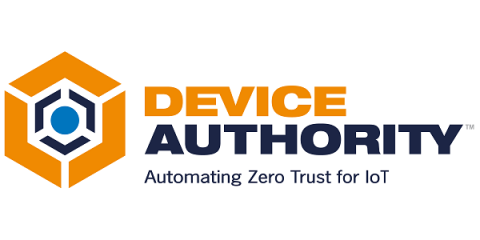SaaS-based IoT Security Solutions
The advent of connected devices has brought about significant change in the technology industry. We all accept that data is power – the more we know about our devices and users, the more effectively we can serve their needs. The integration of connected devices has transformed several industries, including healthcare, transportation, and manufacturing.




